Third breakthrough demonstrates photosynthetic hacks can boost yield, conserve water
HACK=GMO/GEby University of Illinois at Urbana-Champaign
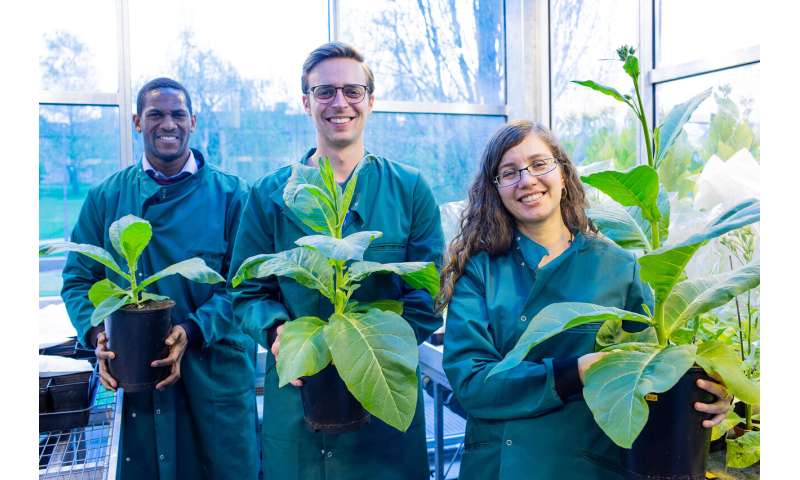
A team of scientists from the University of Essex has boosted crop productivity by 27 percent by resolving two bottlenecks in photosynthesis--the process whereby plants fix carbon dioxide into the sugars that fuel crop growth. Chidi Afamefule (left) holds an unmodified control plant while Kenny Brown (center) holds a plant modified to resolve one bottleneck, and Patricia Lopez-Calcagno (right) holds a plant modified to resolve two bottlenecks. Credit: RIPE Project/Claire Benjamin
Plants are factories that manufacture yield from light and carbon dioxide—but parts of this complex process, called photosynthesis, are hindered by a lack of raw materials and machinery. To optimize production, scientists from the University of Essex have resolved two major photosynthetic bottlenecks to boost plant productivity by 27 percent in real-world field conditions, according to a new study published in Nature Plants. This is the third breakthrough for the research project Realizing Increased Photosynthetic Efficiency (RIPE); however, this photosynthetic hack has also been shown to conserve water.
"Like a factory line, plants are only as fast as their slowest machines," said Patricia Lopez-Calcagno, a postdoctoral researcher at Essex, who led this work for the RIPE project. "We have identified some steps that are slower, and what we're doing is enabling these plants to build more machines to speed up these slower steps in photosynthesis."
The RIPE project is an international effort led by the University of Illinois to develop more productive crops by improving photosynthesis—the natural, sunlight-powered process that all plants use to fix carbon dioxide into sugars that fuel growth, development, and ultimately yield. RIPE is supported by the Bill & Melinda Gates Foundation, the U.S. Foundation for Food and Agriculture Research (FFAR), and the U.K. Government's Department for International Development (DFID).
A factory's productivity decreases when supplies, transportation channels, and reliable machinery are limited. To find out what limits photosynthesis, researchers have modeled each of the 170 steps of this process to identify how plants could manufacture sugars more efficiently.
In this study, the team increased crop growth by 27 percent by resolving two constraints: one in the first part of photosynthesis where plants transform light energy into chemical energy and one in the second part where carbon dioxide is fixed into sugars.
Inside two photosystems, sunlight is captured and turned into chemical energy that can be used for other processes in photosynthesis. A transport protein called plastocyanin moves electrons into the photosystem to fuel this process. But plastocyanin has a high affinity for its acceptor protein in the photosystem so it hangs around, failing to shuttle electrons back and forth efficiently.
The team addressed this first bottleneck by helping plastocyanin share the load with the addition of cytochrome c6—a more efficient transport protein that has a similar function in algae. Plastocyanin requires copper and cytochrome requires iron to function. Depending on the availability of these nutrients, algae can choose between these two transport proteins.
At the same time, the team has improved a photosynthetic bottleneck in the Calvin-Benson Cycle—wherein carbon dioxide is fixed into sugars—by bulking up the amount of a key enzyme called SBPase, borrowing the additional cellular machinery from another plant species and cyanobacteria.

Plants are factories that manufacture yield from light and carbon dioxide—but parts of this complex process, called photosynthesis, are hindered by a lack of raw materials and machinery. To optimize production, scientists from the University of Essex have resolved two major photosynthetic bottlenecks to boost plant productivity by 27 percent in real-world field conditions, according to a new study published in Nature Plants. This is the third breakthrough for the research project Realizing Increased Photosynthetic Efficiency (RIPE); however, this photosynthetic hack has also been shown to conserve water.
"Like a factory line, plants are only as fast as their slowest machines," said Patricia Lopez-Calcagno, a postdoctoral researcher at Essex, who led this work for the RIPE project. "We have identified some steps that are slower, and what we're doing is enabling these plants to build more machines to speed up these slower steps in photosynthesis."
The RIPE project is an international effort led by the University of Illinois to develop more productive crops by improving photosynthesis—the natural, sunlight-powered process that all plants use to fix carbon dioxide into sugars that fuel growth, development, and ultimately yield. RIPE is supported by the Bill & Melinda Gates Foundation, the U.S. Foundation for Food and Agriculture Research (FFAR), and the U.K. Government's Department for International Development (DFID).
A factory's productivity decreases when supplies, transportation channels, and reliable machinery are limited. To find out what limits photosynthesis, researchers have modeled each of the 170 steps of this process to identify how plants could manufacture sugars more efficiently.
In this study, the team increased crop growth by 27 percent by resolving two constraints: one in the first part of photosynthesis where plants transform light energy into chemical energy and one in the second part where carbon dioxide is fixed into sugars.
Inside two photosystems, sunlight is captured and turned into chemical energy that can be used for other processes in photosynthesis. A transport protein called plastocyanin moves electrons into the photosystem to fuel this process. But plastocyanin has a high affinity for its acceptor protein in the photosystem so it hangs around, failing to shuttle electrons back and forth efficiently.
The team addressed this first bottleneck by helping plastocyanin share the load with the addition of cytochrome c6—a more efficient transport protein that has a similar function in algae. Plastocyanin requires copper and cytochrome requires iron to function. Depending on the availability of these nutrients, algae can choose between these two transport proteins.
At the same time, the team has improved a photosynthetic bottleneck in the Calvin-Benson Cycle—wherein carbon dioxide is fixed into sugars—by bulking up the amount of a key enzyme called SBPase, borrowing the additional cellular machinery from another plant species and cyanobacteria.

In a recent study, published in Nature Plants a team of scientists from the University of Essex boosted crop growth by 27 percent over two years of field experiments by resolving two bottlenecks in photosynthesis--the process whereby plants fix carbon dioxide into sugars that fuel crop growth and yields. This GIF shows a plant modified to resolve both bottlenecks (double), a plant modified to resolve one bottleneck (single), and an unmodified control plant. Credit: RIPE project
By adding "cellular forklifts" to shuttle electrons into the photosystems and "cellular machinery" for the Calvin Cycle, the team also improved the crop's water-use efficiency, or the ratio of biomass produced to water lost by the plant.
"In our field trials, we discovered that these plants are using less water to make more biomass," said principal investigator Christine Raines, a professor in the School of Life Sciences at Essex where she also serves as the Pro-Vice-Chancellor for Research. "The mechanism responsible for this additional improvement is not yet clear, but we are continuing to explore this to help us understand why and how this works."
These two improvements, when combined, have been shown to increase crop productivity by 52 percent in the greenhouse. More importantly, this study showed up to a 27 percent increase in crop growth in field trials, which is the true test of any crop improvement—demonstrating that these photosynthetic hacks can boost crop production in real-world growing conditions.
"This study provides the exciting opportunity to potentially combine three confirmed and independent methods of achieving 20 percent increases in crop productivity," said RIPE Director Stephen Long, Ikenberry Endowed University Chair of Crop Sciences and Plant Biology at the Carl R. Woese Institute for Genomic Biology at Illinois. "Our modeling suggests that stacking this breakthrough with two previous discoveries from the RIPE project could result in additive yield gains totaling as much as 50 to 60 percent in food crops."
RIPE's first discovery, published in Science, helped plants adapt to changing light conditions to increase yields by as much as 20 percent. The project's second breakthrough, also published in Science, created a shortcut in how plants deal with a glitch in photosynthesis to boost productivity by 20 to 40 percent.
Next, the team plans to translate these discoveries from tobacco—a model crop used in this study as a test-bed for genetic improvements because it is easy to engineer, grow, and test—to staple food crops such as cassava, cowpea, maize, soybean and rice that are needed to feed our growing population this century. The RIPE project and its sponsors are committed to ensuring Global Access and making the project's technologies available to the farmers who need them the most.
Explore further
By adding "cellular forklifts" to shuttle electrons into the photosystems and "cellular machinery" for the Calvin Cycle, the team also improved the crop's water-use efficiency, or the ratio of biomass produced to water lost by the plant.
"In our field trials, we discovered that these plants are using less water to make more biomass," said principal investigator Christine Raines, a professor in the School of Life Sciences at Essex where she also serves as the Pro-Vice-Chancellor for Research. "The mechanism responsible for this additional improvement is not yet clear, but we are continuing to explore this to help us understand why and how this works."
These two improvements, when combined, have been shown to increase crop productivity by 52 percent in the greenhouse. More importantly, this study showed up to a 27 percent increase in crop growth in field trials, which is the true test of any crop improvement—demonstrating that these photosynthetic hacks can boost crop production in real-world growing conditions.
"This study provides the exciting opportunity to potentially combine three confirmed and independent methods of achieving 20 percent increases in crop productivity," said RIPE Director Stephen Long, Ikenberry Endowed University Chair of Crop Sciences and Plant Biology at the Carl R. Woese Institute for Genomic Biology at Illinois. "Our modeling suggests that stacking this breakthrough with two previous discoveries from the RIPE project could result in additive yield gains totaling as much as 50 to 60 percent in food crops."
RIPE's first discovery, published in Science, helped plants adapt to changing light conditions to increase yields by as much as 20 percent. The project's second breakthrough, also published in Science, created a shortcut in how plants deal with a glitch in photosynthesis to boost productivity by 20 to 40 percent.
Next, the team plans to translate these discoveries from tobacco—a model crop used in this study as a test-bed for genetic improvements because it is easy to engineer, grow, and test—to staple food crops such as cassava, cowpea, maize, soybean and rice that are needed to feed our growing population this century. The RIPE project and its sponsors are committed to ensuring Global Access and making the project's technologies available to the farmers who need them the most.
Explore further
More information: Johannes Kromdijk et al, Improving photosynthesis and crop productivity by accelerating recovery from photoprotection, Science (2016). DOI: 10.1126/science.aai8878
Journal information: Science , Nature Plants
Provided by University of Illinois at Urbana-Champaign



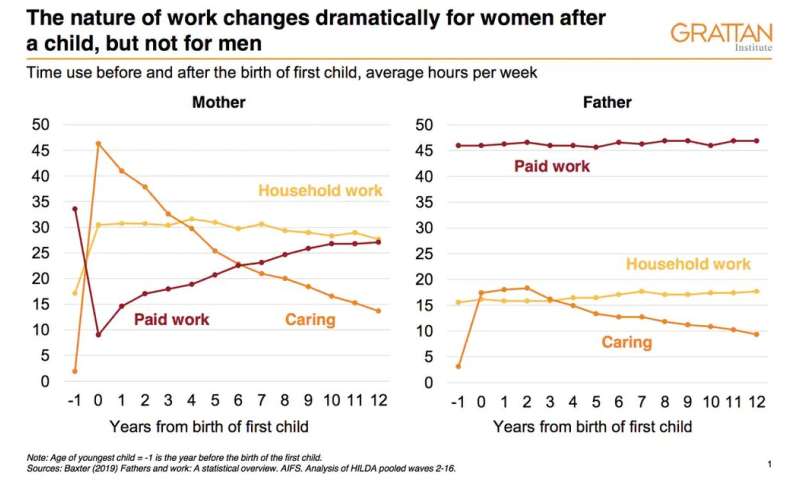
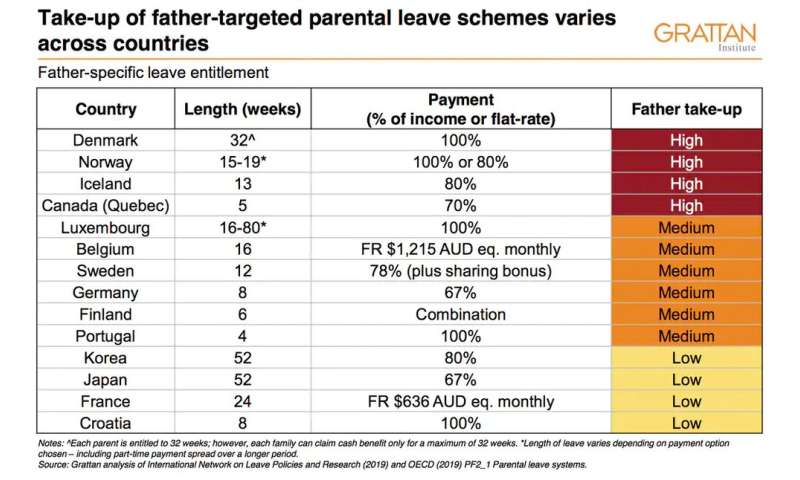

 Schoolgirls in Sulawesi, Indonesia: is the language divide also a class divide? Credit: Shutterstock
Schoolgirls in Sulawesi, Indonesia: is the language divide also a class divide? Credit: Shutterstock
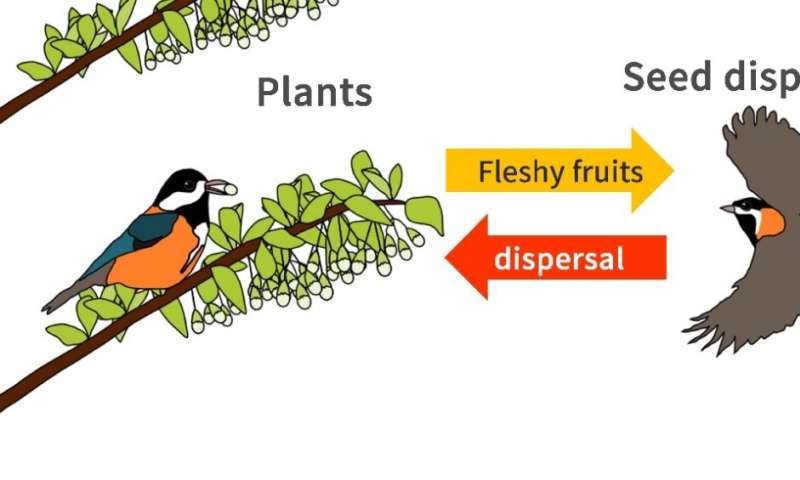

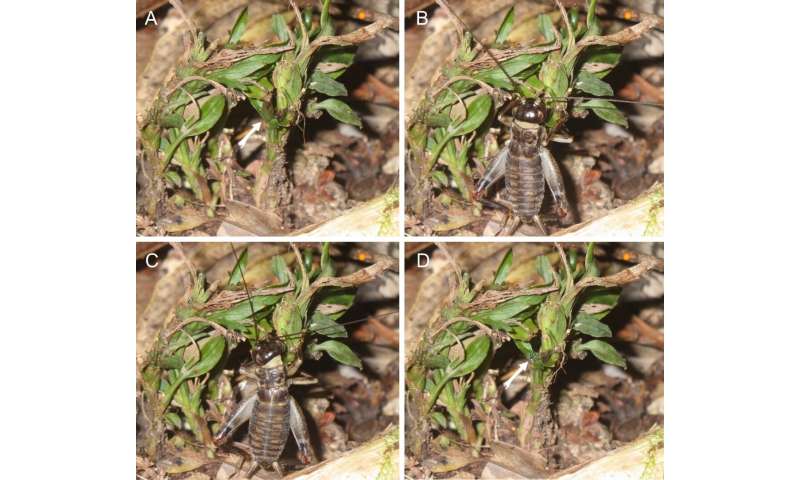 Sequential photographs of the cricket Eulandrevus ivani consuming an Apostasia nipponica fruit (indicated by arrows). An entire fruit was consumed during a single visit by the cricket. Credit: Kenji Suetsugu
Sequential photographs of the cricket Eulandrevus ivani consuming an Apostasia nipponica fruit (indicated by arrows). An entire fruit was consumed during a single visit by the cricket. Credit: Kenji Suetsugu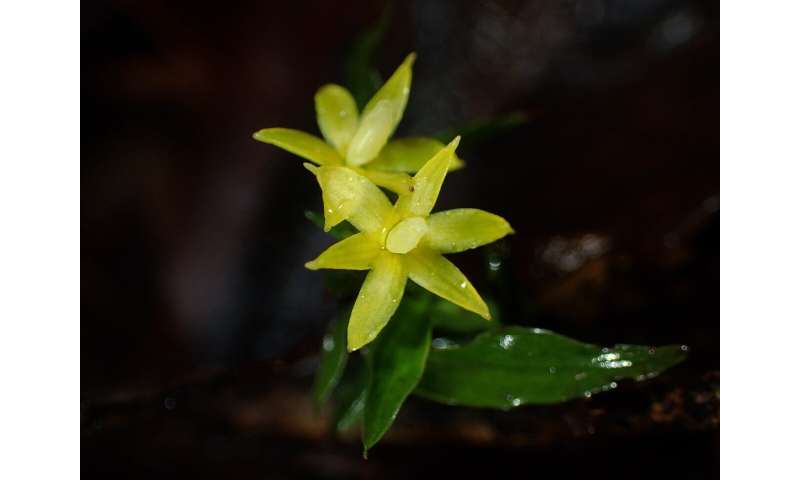

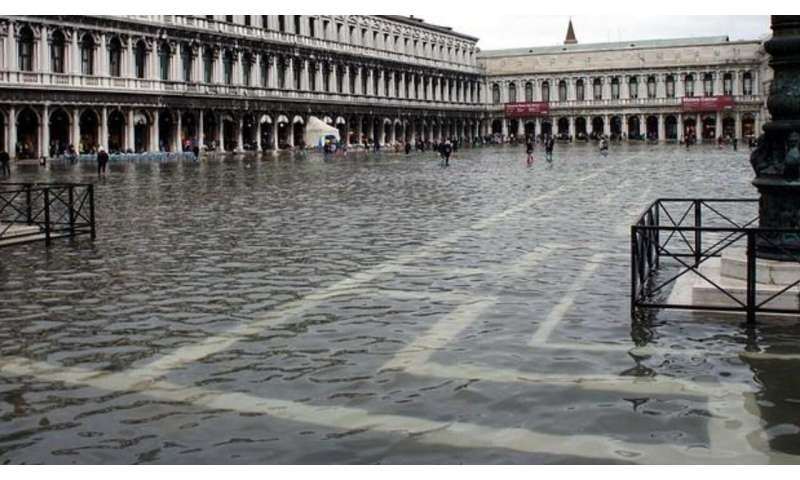
 North American customers spend about $66 billion annually on tips at restaurants and other establishments. Credit: Washington State University
North American customers spend about $66 billion annually on tips at restaurants and other establishments. Credit: Washington State University
